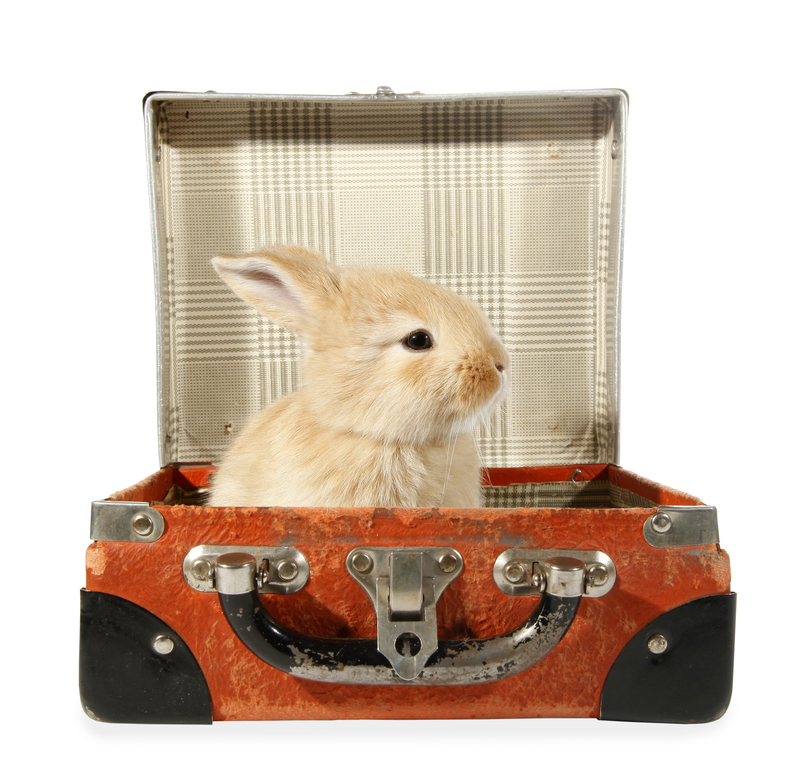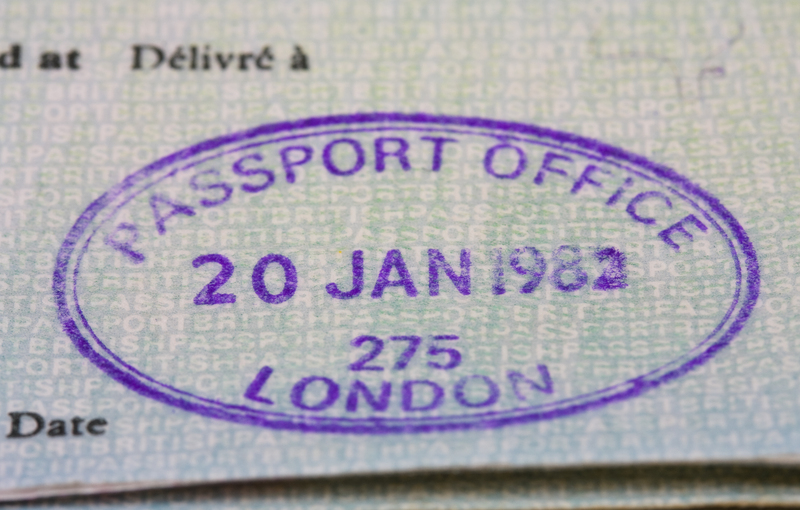Professional Advice on Why Moving a Piano Requires Experts
Posted on 25/05/2025
Professional Advice on Why Moving a Piano Requires Experts
Moving a piano is a complex task that often gets underestimated by many homeowners and even some professional movers. Pianos are not just heavy, cumbersome instruments; they are also intricate, delicate, and valuable. In this comprehensive article, we provide expert advice on why hiring professionals to move a piano is essential. Understanding the reasons behind this necessity not only safeguards your investment but also ensures the safety of everyone involved. Whether you own a grand piano, upright piano, or digital piano, the insights shared here will help you make an informed and responsible decision.

The Anatomy of a Piano: More Than Just Heavy Furniture
Pianos are sophisticated instruments designed with precision engineering and craftsmanship. Learning about their structure helps explain why moving a piano requires expert knowledge and experience.
Key Components That Make Pianos Challenging to Move
- Weight Distribution: Pianos can weigh anywhere from 300 to over 1,400 pounds, with much of the weight concentrated in their cast-iron plate and internal mechanisms.
- Size and Shape: Their irregular, bulky shape makes pianos difficult to grip, maneuver, and balance.
- Complex Mechanisms: Pianos have thousands of delicate parts, including keys, strings, hammers, soundboard, and pedals, all of which can be damaged without proper handling.
- Fragile Exterior: The polished wood finish and fragile legs of many pianos are prone to scratches, dents, and cracks.
Moving a piano incorrectly can result in damage not only to the instrument but also to floors, walls, and even your own health. This is why moving experts stress the importance of professional piano movers.
Common Mistakes Made During DIY Piano Moves
Many people attempt to save money by enlisting friends or hiring general moving companies lacking piano moving expertise. Unfortunately, this often leads to costly mistakes, such as:
- Inadequate Equipment: Standard dollies and moving straps may not be sufficient to support a piano's weight or protect it during transit.
- Poor Planning: Misjudging hallway or doorway widths, staircase angles, or exterior terrain can result in collisions, stuck instruments, or property damage.
- Improper Lifting Techniques: Lifting a piano incorrectly can cause serious personal injury or result in dropping the instrument.
- Insufficient Protection: Failing to use proper padding and wrapping materials increases the risk of surface damage to both the piano and your home.
- Transportation Risks: Inexperienced movers may not secure the piano correctly in the moving truck, causing it to shift and become damaged during transport.
Experts are trained to avoid these pitfalls. Professional piano moving services use specialized equipment, follow precise strategies, and possess the physical skill necessary to move any type of piano safely.
Why Professional Piano Movers Are Essential
The Right Tools for the Job
One of the primary advantages of hiring a professional piano moving company is their access to specialized equipment designed specifically for pianos. These tools include:
- Piano Dollies: Heavy-duty, cushioned dollies meant for safely transporting both upright and grand pianos.
- Skid Boards: Custom-shaped boards that safely support grand pianos, especially during stair descents or vertical lifts.
- Padding and Covers: Professional-grade pads and wraps to protect the piano's finish and delicate components during the move.
- Straps and Harnesses: Safe, secure, and ergonomic systems for lifting and maneuvering your piano without putting undue stress on any single part.
Expert Handling and Technical Knowledge
Professional piano movers understand the intricacies of different piano types. For instance:
- Grand Pianos: Experts will often partially disassemble the legs, pedals, and lyre, wrapping and securing each component.
- Upright Pianos: Movers secure the lid and keyboard cover, and ensure proper tilting techniques that do not compromise the internal mechanisms.
- Digital Pianos: Even though lighter, these can have sensitive electronics that require special handling.
Moving professionals also know how to properly reassemble and set up your piano at its new location, ensuring no damage was sustained.
Safety First: Protecting People and Property
The potential for injury is significant when it comes to moving heavy and unwieldy objects like pianos. Professional movers are trained in proper lifting techniques and know how to handle unexpected challenges, such as tight stairs or tricky doorways, without risking personal injury, structural damage, or harm to the piano.
In addition, reputable piano moving companies are insured. This means that in the rare event of an accident, both your instrument and your property are covered--a peace of mind that is invaluable.
Cost Considerations: Is Professional Piano Moving Worth the Price?
There's a common misconception that hiring experts to move your piano is prohibitively expensive. In truth, the potential costs of a DIY move gone wrong can far outweigh professional service fees. Here's why:
- Instrument Damage: Repairs to a piano's case, keys, or internal mechanisms can run into thousands of dollars.
- Home Repairs: Scratched floors, damaged walls, and broken doors are common when amateurs attempt to move heavy furniture.
- Medical Bills: Back injuries, crushed fingers, or worse can mean lost wages and costly health care.
In most cases, the relatively modest investment in hiring professional piano movers is the most cost-effective and safest option.
What to Look for When Hiring Piano Moving Experts
Not all moving companies have the experience and know-how necessary for safe and successful piano relocation. When searching for piano moving experts, keep the following factors in mind:
- Specialization: Choose a mover who specializes in piano moving, not just general furniture relocation.
- Reputation: Check online reviews, testimonials, and the company's track record with complex moves.
- Insurance: Ensure the company carries adequate insurance for both your property and the piano.
- Equipment: Verify the company uses professional-grade tools specifically designed for pianos.
- Written Estimate: Request a detailed written quote to avoid hidden fees or unexpected charges.
Questions to Ask Before Hiring Piano Movers
- How many pianos has your company relocated?
- Do you offer services for both upright and grand pianos?
- Are your movers trained in piano disassembly and reassembly?
- What measures do you take to protect the instrument and my home?
- Is your work insured and bonded?
Professional Techniques Used by Expert Piano Movers
Curious about the step-by-step process that professional piano movers follow? Here's a snapshot of typical techniques that demonstrate their expertise:
- Pre-move Assessment: Thoroughly evaluate both the old and new locations, noting entryways, staircases, and any obstructions.
- Protective Wrapping: Securely wrap and pad the instrument to safeguard against bumps and scratches.
- Disassembly (if needed): Remove legs, lyre, pedals, or music stands as required, labeling and packing each component carefully.
- Lifting and Moving: Use coordinated team lifts and specialized equipment to minimize strain and ensure balance.
- Transportation: Secure the piano within the moving vehicle to prevent sliding or tipping during the drive.
- Reassembly and Placement: Meticulously reassemble and tune (if necessary) the piano at its new home.
Such professional handling techniques minimize risks to both your piano and everyone involved in the move.
Unique Challenges: Moving Grand vs. Upright Pianos
Grand Pianos
Grand pianos present the most moving challenges due to their size and shape. Their legs and lyre must often be removed, and they need to be placed on a piano skid board before being moved. Only experienced piano movers know how to safely tilt, lift, and transport these heavy, fragile pieces without damaging their sensitive harp and action parts.
Upright Pianos
While slightly easier to maneuver, upright pianos still weigh several hundred pounds and have concentrated weight at the top, making them susceptible to tipping. Experts use balancing techniques and secure strapping to prevent toppling and internal damage.

After the Move: Ensuring Your Piano's Longevity
Even after the move is complete, professional advice on piano care doesn't end. Relocating a piano can cause changes in humidity, temperature, and positioning that may affect tuning and performance.
- Let the Piano Acclimate: Allow your piano to settle in its new environment for a few weeks before tuning.
- Schedule a Tuning: Hire a qualified piano technician to tune and inspect the instrument post-move.
- Check for Changes: Monitor your piano for any buzzing, sticking keys, or changes in timbre.
Your instrument is an investment in both financial and sentimental terms, so post-move care is as essential as the move itself.
Conclusion: Trust Professionals for Safe, Stress-Free Piano Moving
In summary, moving a piano is not a standard DIY project. The risks to the instrument, your property, and personal safety are too great to ignore. Relying on experienced piano movers ensures your cherished instrument arrives in perfect condition while saving you time, stress, and unnecessary expense. Whether you are relocating to a new city or just moving the piano to another room in your home, the skills and equipment provided by professionals cannot be matched by untrained helpers or generic moving companies.
Always choose a reputable, insured, and specialized piano mover for this important job. Your piano deserves nothing less than the best in care and expertise. Remember, peace of mind is priceless when it comes to preserving the beauty and sound of your beloved instrument.



